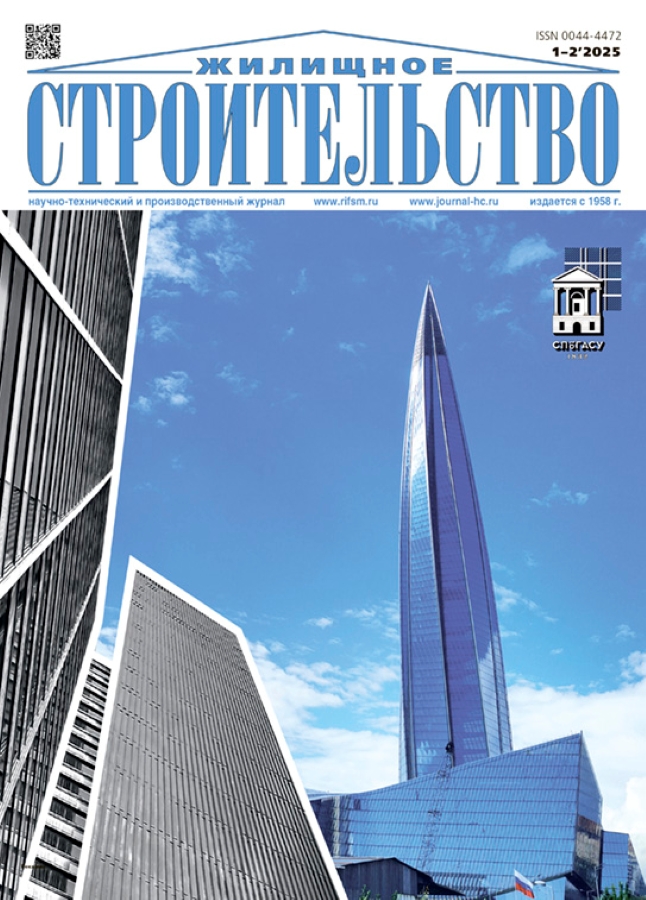Развитие советских городов Арктики на основе полицентризма и сохранения идентичности
- Авторы: Перов Ф.В.1, Лавров Л.П.1, Мангушев Р.А.1, Пухаренко Ю.В.1
-
Учреждения:
- Санкт-Петербургский государственный архитектурно-строительный университет
- Выпуск: № 1-2 (2025)
- Страницы: 20-27
- Раздел: СТАТЬИ
- URL: https://permmedjournal.ru/0044-4472/article/view/677180
- DOI: https://doi.org/10.31659/0044-4472-2025-1-2-20-27
- ID: 677180
Цитировать
Аннотация
Рассматриваются вопросы развития городов Арктики, планировочная структура и архитектурный облик которых сложились в советский период освоения. Стабилизация населения городов возможна при условии преодоления монофункционального развития, создания комфортной среды для проживания населения. Формирование новой системы культурно-бытового обслуживания, современного архитектурного облика городов возможно при формировании новых общественных центров и полицентричной городской структуры. Принципы формирования общественных центров городов Арктики рассматриваются на примере Кировска и входящего в его структуру микрорайона Кукисвумчорр.
Полный текст
Об авторах
Ф. В. Перов
Санкт-Петербургский государственный архитектурно-строительный университет
Автор, ответственный за переписку.
Email: f.perov@gmail.com
канд. архитектуры, доцент
Россия, 190005, г. Санкт-Петербург, 2-я Красноармейская ул., 4Л. П. Лавров
Санкт-Петербургский государственный архитектурно-строительный университет
Email: leonid.lavrov@gmail.com
д-р архитектуры, профессор
Россия, 190005, г. Санкт-Петербург, 2-я Красноармейская ул., 4Р. А. Мангушев
Санкт-Петербургский государственный архитектурно-строительный университет
Email: mangushev.r.a@lan.spbgasu.ru
д-р техн. наук, профессор
Россия, 190005, г. Санкт-Петербург, 2-я Красноармейская ул., 4Ю. В. Пухаренко
Санкт-Петербургский государственный архитектурно-строительный университет
Email: pukharenko.j.v@lan.spbgasu.ru
д-р техн. наук, профессор
Россия, 190005, г. Санкт-Петербург, 2-я Красноармейская ул., 4Список литературы
- Ивашкина И.В., Ли М.Ю. Климатические вызовы: лучшие мировые практики успешных городов // Архитектура и строительство России. 2023. № 2. C. 60–64. EDN: BQNVCL. https://doi.org/10.55394/02357259_2023_2_60
- Деттер Г.Ф., Лёвкина А.О. Арктические города России на пути к умной устойчивости // Арктика: экология и экономика. 2023. Т. 13. № 2. C. 180–187. EDN: XXHFTQ. https://doi.org/10.25283/2223-4594-2023-2-180-187
- Иголкин Н.В. Развитие пространственно-планировочной структуры г. Кировска до конца 1950-х гг. // Вестник гражданских инженеров. 2019. № 4 (75). С. 5–12. EDN: YCMTYC. https://doi.org/10.23968/1999-5571-2019-16-4-5-12
- Шалыгина Д.Н. Функционально-пространственные преобразования г. Новосибирска в конце XX – начале XXI в. // Вестник гражданских инженеров. 2024. № 4 (105). C. 5–15. EDN: YCMTYC. https://doi.org/10.23968/1999-5571-2019-16-4-5-12
- Еремеева А.Ф. Средоформирующие элементы туристического кластера в Арктическом регионе // Известия высших учебных заведений. Строительство. 2023. № 6 (774). C. 76–87. EDN: MFYWCQ. https://doi.org/10.32683/0536-1052-2023-774-6-76-87
- Еремеева А.Ф. Архитектурно-пространственное формирование туристических центров в Арктической зоне Российской Федерации. Креативные индустрии Арктического региона: опыт и перспективы развития. Материалы Всероссийского форума с международным участием. Мурманск, 2023. C. 63–67. EDN: DBJPAG
- Перов Ф.В. Архитектура криптоклиматических комплексов для городов Арктики // Системные технологии. 2022. № 3 (44). C. 153–160. EDN: ZDMKIZ. https://doi.org/10.55287/22275398_2022_3_153
- Благодетелева О.М. Криптоклиматическая застройка // Архитектура и строительство России. 2016. № 4 (220). C. 111–112. EDN: XGYNHL
- Перов Ф.В., Мангушев Р.А., Дацюк Т.А., Болотин С.А. Типология жилых зданий для городов Арктики. Актуальный опыт проектирования и научных исследований советского этапа освоения региона // Архитектура и строительство России. 2024. № 3 (251). C. 58–62. EDN: ABUUYH
- Свечкарь Е.С. Теоретические модели как основа формирования типологии молодежных досуговых учреждений // Вестник гражданских инженеров. 2024. № 2 (103). C. 15–26. EDN: VZJFKP. https://doi.org/10.23968/1999-5571-2024-21-2-15-26
- Poddaeva O. Modeling of snow loads on roofs of unique buildings // Architecture and Engineering. 2023. Vol. 8. No. 3, pp. 53–59. EDN: EOPHBU
- Fedosov S., Pulyaev I., Aleksandrova O., Cherednichenko N., Derbasova E., Lezhnina Y. Thermophisical Processes in Hardening Concrete as a Factor for Quality Assurance of Erected Reinforced Concrete Structures of Transport Facilities // Architecture and Engineering. 2024. Vol. 9. No. 4, pp. 75–86. EDN: HYVFTH. https://doi.org/10.23968/2500-0055-2024-9-4-75-86
Дополнительные файлы


















